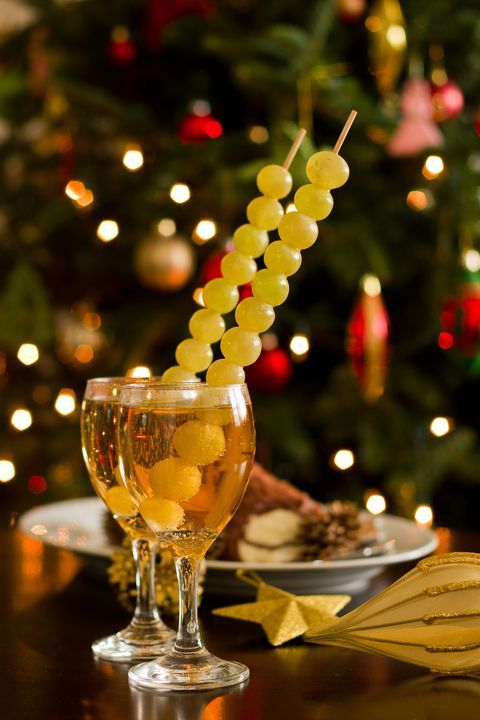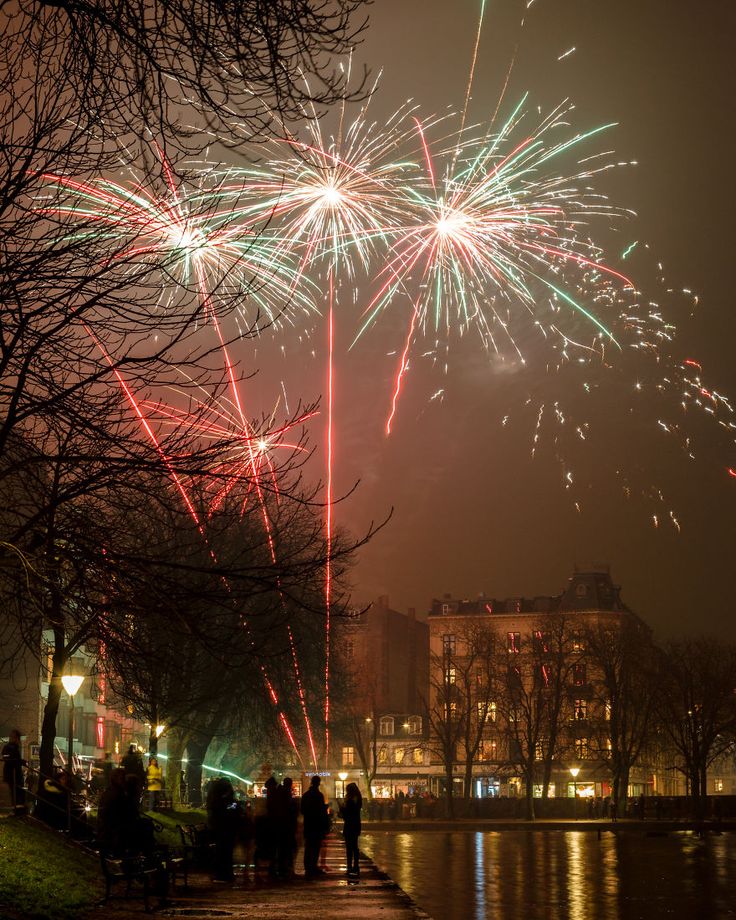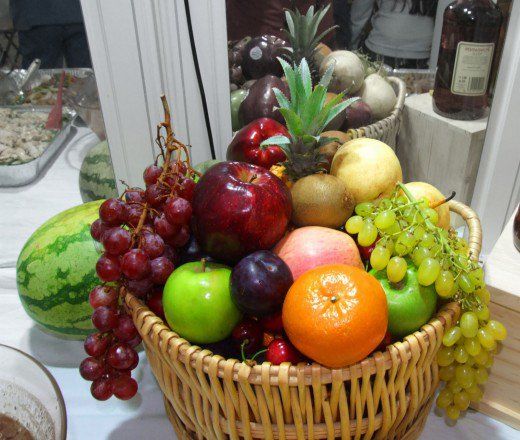As we bid farewell to the old and welcome the new, cultures around the world partake in diverse and fascinating traditions to usher in good luck. Here’s a glimpse into how different countries ring in the New Year with hopes of fortune and happiness.
Table of Contents
Spain: Twelve Grapes of Luck
In Spain, as the clock strikes midnight, people eat twelve grapes, one for each chime of the bell. This tradition, known as “Las doce uvas de la suerte,” symbolizes wishes for each month of the coming year. It’s a delightful blend of haste and hope as everyone tries to keep up with the chimes!

Denmark: Leaping into January
Danish New Year celebrations are quite the leap of faith – literally! Danes jump off chairs at midnight, leaping into January to banish bad spirits and bring good fortune. This charming tradition ensures a “jumpstart” to the New Year.

Japan: Joya no Kane
In Japan, Buddhist temples ring their bells 108 times in a ritual called “Joya no Kane.” The ringing symbolizes the banishment of 108 earthly desires, leading to purification and good luck in the New Year. It’s a serene and reflective practice, echoing through the chilly air.

Brazil: Ocean Offerings
Brazilians often dress in white and head to the beaches to honor Yemanjá, the goddess of the sea. Offerings like flowers and floating candles are sent into the ocean as prayers for good fortune and blessings. It’s a picturesque scene of tranquility and devotion.

Scotland: First-Footing
In Scotland, the “first-footing” tradition is pivotal. The first person to cross the threshold of a home after midnight should bring symbolic gifts like coal, shortbread, salt, whisky, or black bun. This is believed to bring good luck to the household for the year ahead.

Italy: Red Underwear and Lentils
Italians wear red underwear on New Year’s Eve for luck and prosperity. Additionally, lentils, symbolizing wealth and good fortune, are a staple in New Year’s meals. This combination of fashion and food epitomizes Italy’s vibrant cultural practices.

Philippines: A Bounty of Round Things
Filipinos focus on round shapes to attract wealth, with round fruits being particularly important. Displaying 12 different round fruits on New Year’s Eve, one for each month of the year, is said to ensure prosperity. The more, the merrier and luckier!

United States: The Ball Drop in Times Square
While not specifically for good luck, the iconic ball drop in New York City’s Times Square is a widely recognized symbol of New Year’s Eve. Millions watch as the ball descends, counting down the final moments of the year, embodying the collective anticipation and hope for what’s ahead.

Estonia: Eating for Abundance
In Estonia, eating seven, nine, or twelve meals on New Year’s Day promises abundance. The meals are not complete ones, but rather, snacks – and it’s considered good luck to leave some food on the plate for ancestral spirits.

South Africa: Furniture Tossing
In some parts of South Africa, particularly in Johannesburg’s Hillbrow neighborhood, it’s a tradition to throw old furniture out of windows. Symbolizing the casting away of old troubles, it’s a dramatic way to start anew (but safety first, please!).

From Spain’s grapes to Brazil’s ocean offerings, each tradition is a unique expression of hope and joy. As we embrace these global customs, let’s remember the universal wish that unites us all: a year filled with health, happiness, and prosperity. Here’s to a lucky and splendid 2024!
READ MORE: NEW YEAR’S EVE SELF-CARE TIPS TO START 2024 RIGHT
To explore the latest trends, expert advice, and breathtaking inspiration in the world of weddings, don’t miss out on the Get Wedded in Australia 2023-2024 digital magazine! Whether you’re a bride-to-be or a wedding enthusiast, this magazine is a must-read.
Below, browse and read your free copy of the Get Wedded in Australia 2023-2024 digital magazine today.

